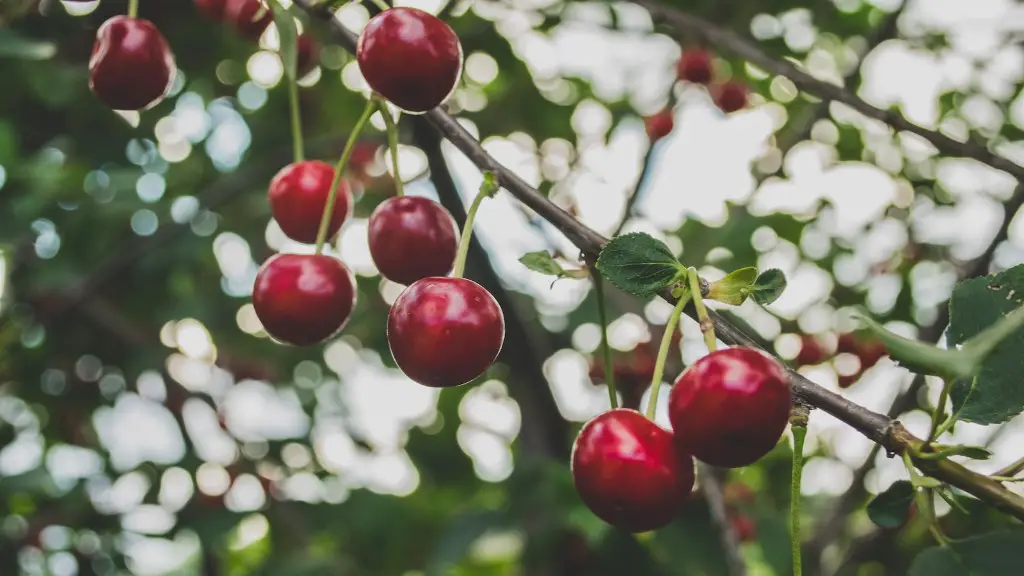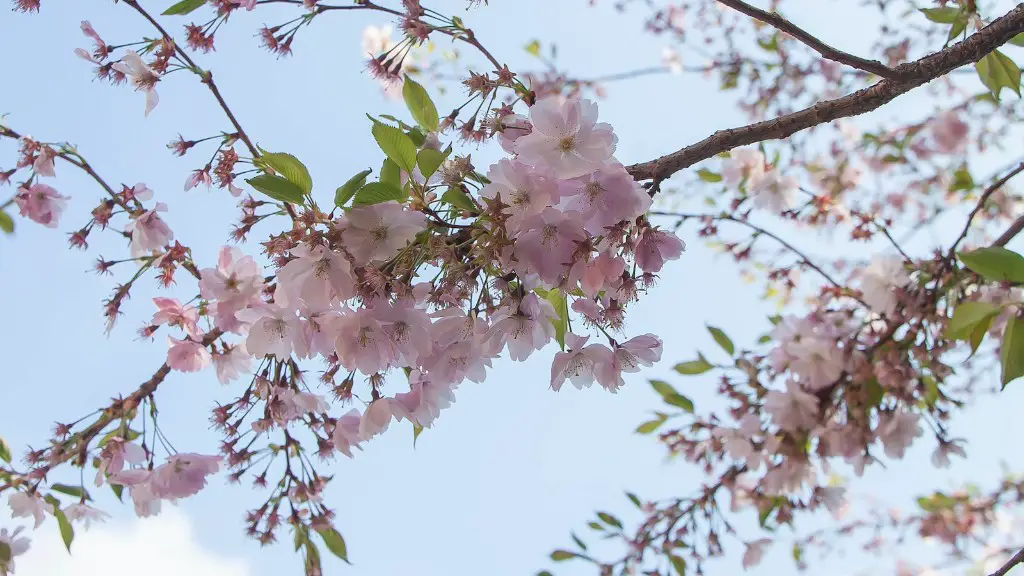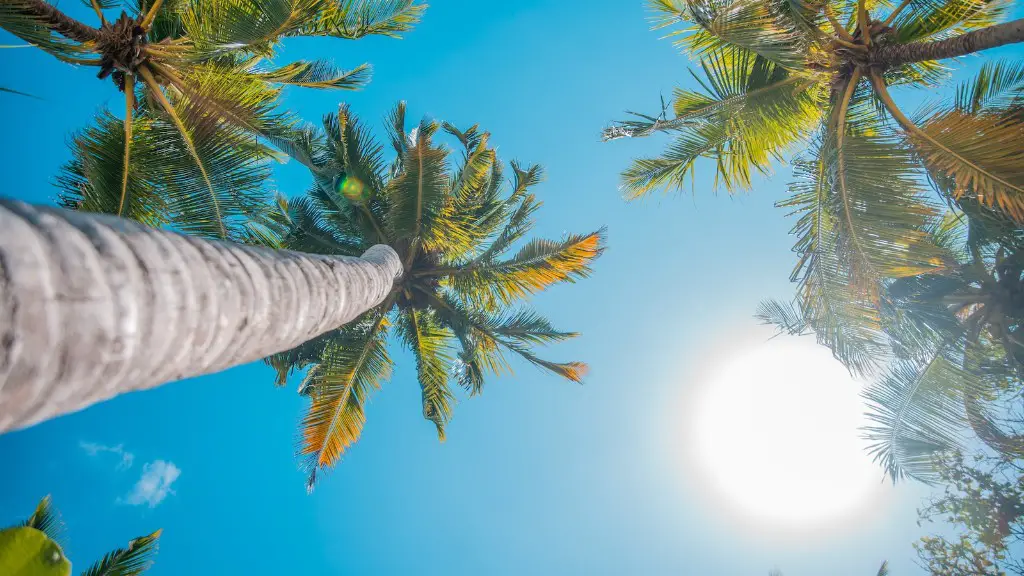Steps to Topping a Cherry Tree
If you’re considering topping a cherry tree, it’s important to know why, when, and how to do it. Done wrong, the process can be damaging and disruptive to the tree. Done right, it can keep a cherry tree healthy and productive for years to come. Topping a cherry tree involves a few different steps and should only be conducted by an experienced arborist.
According to professional arborist Kent Hiser, cherry tree topping must be done carefully; it’s an invasive procedure that can be harmful if done improperly. “It’s important to know why, when, and how to top a cherry tree,” Hiser says. “Done wrong, it can damage your tree and reduce its health and fruit production. Done right, it can keep it healthy and productive for years to come.”
Before topping a cherry tree, it’s essential to understand what purpose it serves. Topping is done to limit the growth of the tree and to promote fruit production. It also eliminates weak branches, reduces the risk of disease, and encourages dense, healthy foliage. Topping should be done at the end of winter when the tree is still in its dormant stage, as this is the best time for bud removal. When topping a cherry tree, typically only between 1/3 and 1/2 of the crown should be removed. The remaining crown should be balanced and symmetric.
During the topping process, care should be taken to ensure that no living tissue is removed. Only dead or dying branches should be removed. It’s also important to make sure the cuts are made at the intersection of two branches or at the trunk at a 45-degree angle. Uneven cuts can create wounds in the bark, which could lead to disease or rot.
Once the tree has been topped, additional measures should be taken to ensure its health. Newly exposed branches should be protected with white paint or a sealant to prevent sunburn or frostbite. An additional pruning should be done to encourage lateral branching and to promote fruit production. Finally, the tree should be deeply watered once a month during the growing season to promote healthy growth.
Fruit Production and Topping
When topping a cherry tree, it’s important to understand the link between topping and fruit production. By controlling its size, a tree can be made more productive. Topping encourages lateral branching, which in turn increases the number of fruiting sites. To reduce the risk of disease, newly exposed branches should be sealed with white paint to protect them from sunburn and frostbite.
However, it’s important to note that topping will not guarantee an increase in fruit production. It’s still important to provide the tree with adequate nutrition, water, and sun. A well-tended cherry tree should produce a heavy crop of large, juicy cherries if cared for properly. If not, the tree will not bear fruit and may even become sickly.
In addition, it’s important to understand the effects of topping on a tree’s long-term growth. Topping a cherry tree can stunt its growth, but it also encourages stronger, healthier lateral branches. Topping should be done only when absolutely necessary, as it can have a negative impact on the tree’s long-term growth.
Pruning Necessary for Tree Health
Although topping is an important part of cherry tree maintenance, it’s not the only pruning that needs to be done. Regular pruning of dead or dying branches is essential for tree health and should be done during the dormant season. Pruning helps to reduce the risk of disease and encourages dense foliage. In addition, removing dead or diseased branches also helps to improve air and light penetration.
It’s also important to thin out overly dense branches in order to increase air circulation and light penetration. If a cherry tree is overcrowded, removing some of the branches can help to reduce the risk of disease caused by humid, lightless environments. In addition, thinning out can help to maintain a tree’sshape and encourage a more even distribution of fruit.
It’s also important to understand the consequences of improper pruning. If done incorrectly, pruning can leave the tree vulnerable to diseases and weaken its structure. Poorly maintained cherry trees can also be less productive, as overly dense branches can take away from fruit production.
Types of Topping
When it comes to topping a cherry tree, there are two main types: dropping and cutting. Dropping involves removing larger branches and requires the use of a saw. Cutting involves removing smaller branches with a pair of shears or a pruning saw. Both methods can be done in the same way, but using a saw is more effective for removing large branches.
The type of topping chosen should be based on the health and age of the cherry tree. Younger trees should be topped by cutting, as this removes fewer leaves and branches overall. Older trees should be topped by dropping, as this removes a greater number of branches at once, resulting in more dramatic pruning.
Regardless of the method chosen, it’s important to understand that topping is an invasive procedure. The process can be damaging and disruptive to the tree, so it should only be done by an experienced arborist.
Conclusion
Topping a cherry tree can limit its size, promote fruit production, and reduce the risk of disease and pest infestation. When done correctly, topping can keep a cherry tree healthy and productive for years to come. However, topping should only be done by an experienced arborist, and it should be followed up with regular pruning and deep watering.


